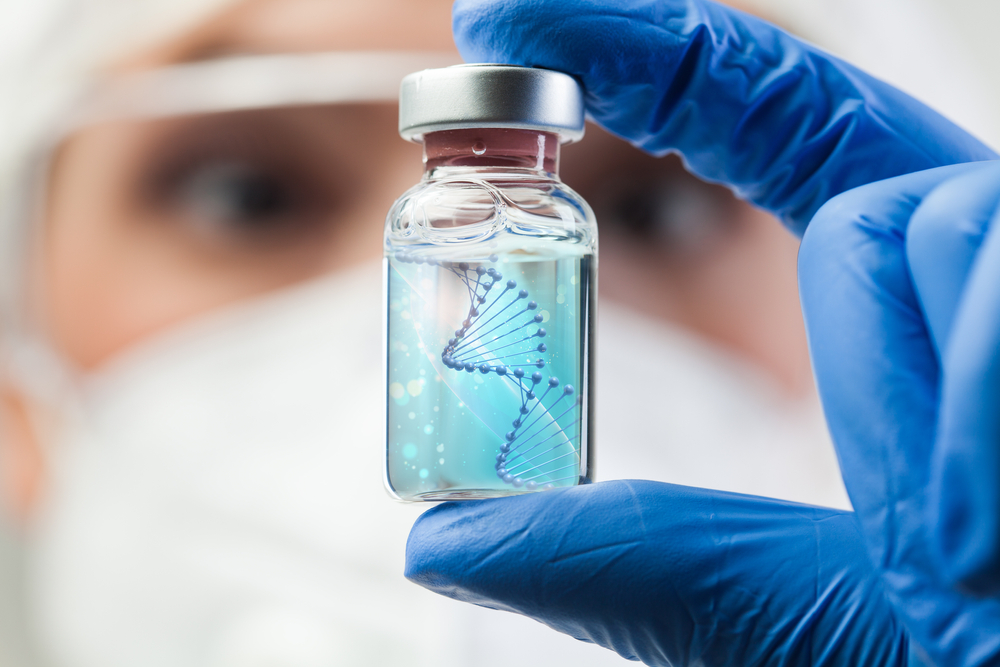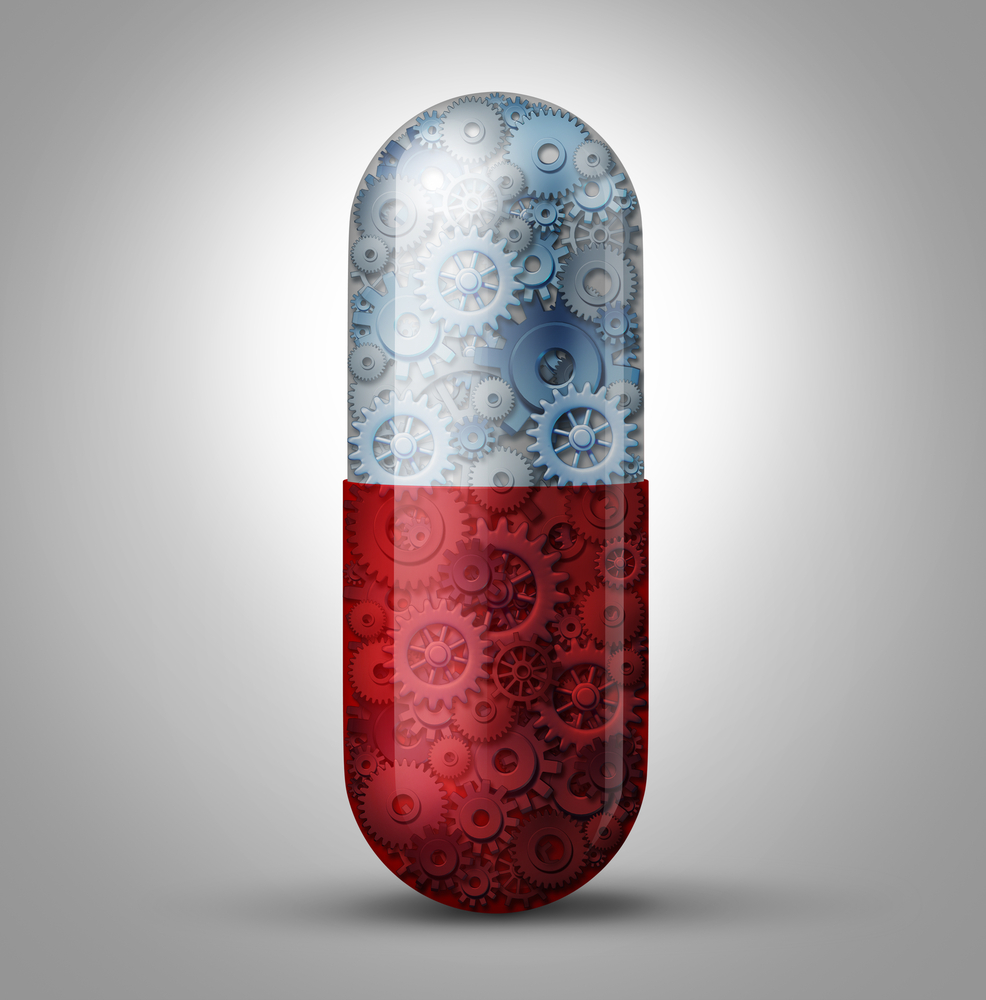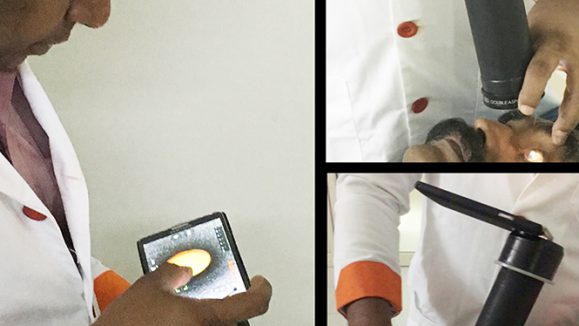Every once in a while, the medical and scientific community will stumble upon an unexpected discovery that leads to significant changes in the way things are done. One of the most famous examples of such a case is Alexander Fleming’s accidental discovery of penicillin. While the discovery did indeed take place in a laboratory — and Fleming was already on a biological research path — it was the result of sheer situational luck and a bit of messiness that led to Fleming’s groundbreaking discovery.
The cliché that claims “fortune favors the bold” should perhaps be followed by a caveat: Fortune also favors the prepared. Fleming wasn’t some random schlub who stumbled into a laboratory — he was an experienced researcher who happened to have a stroke of luck. He was prepared to make the most out of this luck, and recognize it for what it was.
While the previous anecdote isn’t directly related to today’s topic, it serves to illustrate a point. Scientific and medical discoveries can come from unexpected sources, but only if people are perceptive and creative enough to identify cause and effect.
So, we now arrive at today’s point: A medication typically used to treat HIV patients has been demonstrated to be effective in preventing dry age-related macular degeneration (AMD).
This is particularly big news because dry AMD, which affects the vast majority of AMD sufferers, has no treatment. It’s a leading cause of blindness and diminished vision worldwide. Finding a cure for it would lead to both an ophthalmic revolution and a financial boom for whatever company or individual was fortunate enough to discover it. As it is, wet AMD treatments abound and are a multi-billion dollar industry — and wet AMD is a much less common condition than dry AMD.
The who, what and when of this story are relatively straightforward. The how and the why get more complicated, especially when discussing cellular-level activity. We’ll leave that part to the study’s authors — but first let’s establish just what’s happened.
Data to the Rescue

The current news dates back very recently to a paper published in the Proceedings of the National Academy of Sciences of the United States of America, or PNAS. Thank goodness for acronyms.
A study of around a hundred million Americans, whose data was collected from health insurance companies, noted that those who were taking certain drugs to treat HIV had a significantly lower risk of developing AMD than the general population. The drugs in question are nucleoside reverse transcriptase inhibitors (NRTIs), and current statistics show that patients taking them have a 40% lower risk of AMD than a control population.
Because of the mammoth sample size, researchers can be fairly certain about the quality of their data — that’s one of the main selling points of this research. It’s not often data can be backed up by five-, six- or seven-figure sample sizes. If anything, this goes to show that there is an upside to big data — when it’s used altruistically, at least.
Toward a Cure?

Because dry AMD has been such a difficult condition to treat, finding anything that can help prevent it is thoroughly exciting. The indication so far is that NRTIs simply prevent rather than treat dry AMD, yes. But what that indicates is that researchers are beginning to understand the mechanisms of the disease — and by doing so they’ve established a foothold from which they can conduct further research.
Back in 2014, researchers led by Dr. Jayakrishna Ambati — who is the author of the current study as well — discovered that NRTIs were effective in preventing dry AMD in animals. NRTIs work by reducing inflammasome activity, a part of the immune system. It’s thought that repression of inflammasomes is responsible for NRTIs effectiveness in preventing AMD.
The massive data search that was conducted built the bridge linking animal evidence and human evidence, and here we are — a step closer to dry AMD treatment.
The current drugs have systemic toxicity issues which make them unsuitable for long-term treatment of AMD. However, related derivatives of NRTIs called kamuvidines appear to be as effective as NRTIs in treating AMD and have much lower toxicity.
Take a Windfall and Run with It

Dr. Ambati has been looking for treatment options for dry AMD for some time now. He’s written about RNA and cellular-level causes of AMD and is continuing to explore the subject.
The most recent paper he’s co-authored on the topic — the one we’re discussing here — is well worth a read and will be enlightening to those with a medical background and experience discussing both genetics and ophthalmology. To lay people, the topic would seem bewildering and jargon-heavy, but that’s the way research goes.
That brings us back to our point about Alexander Fleming. The same penicillin mold likely landed on people’s windowsills all the time, and had for ages. It took someone actively conducting science to make sense of it and see just how it was valuable.
The same can be said for this study. The data was there — but it took a well-educated imagination to draw the connections behind the big picture.
To be clear, there is not yet a cure for dry AMD. But this is how these sorts of cures begin — by getting a bit of traction. From now, it’s likely that the researchers are off to the races. We wish them the best of luck.



